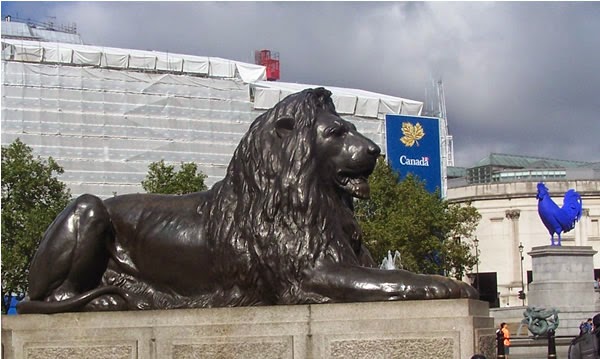Wednesday 6 August
Our final full day in France and after breakfast we found a swan on the bed.
This was the day to explore Lyon, the city at the end of our journey along the Rhone River. There were three excursions on offer including a bike tour of the area including a ride along the river bank.
A city tour with an emphasis on culinary aspects was another option. The third option was a bus tour to the main tourist destinations in Lyon.
The first stop was at Fouviere Hill for a panoramic view of the city.
 |
| A section of the decorations on the outside of the building |
Also on the hill is the
Basilica of Notre-Dame de Fouviere.
The decoration inside the building is magnificent.
The telecommunication tower is one of the many replicas made of the Eiffel Tower. It is marginally taller than the tower of the Basilica.
Back down the hill we went on a walking tour of the older sections of Lyon. The streets are narrow and there is a wide variety of architecture on view in the town
and along the river.
Lyon is famous for food and in the old section of the town there are small restaurants
and shops with a range of local delicacies on display in their windows.
Sweets, including nougat,
cakes, flans and pastries
and selections of other food are on display.
Lyon is also well known for its trompe l'oeil, painted walls featuring well known people.
The walls appear to be three dimensional. A number of buildings in Lyon have these features.
Another hidden feature of Lyons is a series of alley-ways and passages within and between the buildings of the old city referred to as the
traboules. Some of these date back to Roman times and were definitely used by silk workers in later times to move the goods from one part of town to the other without getting them wet. Fortunately the Germans did not know about the traboules as they were used by the resistance movement. This
article from
France Today February 2012 provides additional information.
Lyon is an attractive city with two rivers running through it.
Back on the boat we had lunch and in the afternoon there was a presentation on silk painting and printing - the silk trade having played an important part in Lyon's history.
As an alternative we made an excursion to the local police station - not on the tour agenda - to report the theft of my wallet from my camera bag at the beginning of our morning excursion. Anya, our tour director, came with us and assisted with communication with the one policeman on duty who spoke some English. Once the forms had been filled out we returned to the ship. Unless the thief collects wallets it was a pointless theft for apart from the cards, which were immediately cancelled, there was approximately two euros in loose change - toilet money. Needless to say the inconvenience to us in having to replace cards has been great. We were aware that this sort of thing regularly happens in France and other parts of Europe and thought that we had taken all precautions, including carrying my bag in front of me, but these guys are professionals and I did not see or feel a thing until I noticed the zip of my bag was undone. Unfortunately this experience has coloured my views of Lyon.
In the evening, back on ship we attended the Captain's Farewell Gala Cocktail followed by the Gala Dinner in the restaurant. Our cruise was coming to an end and we were ready for the next part of the adventure.

















































